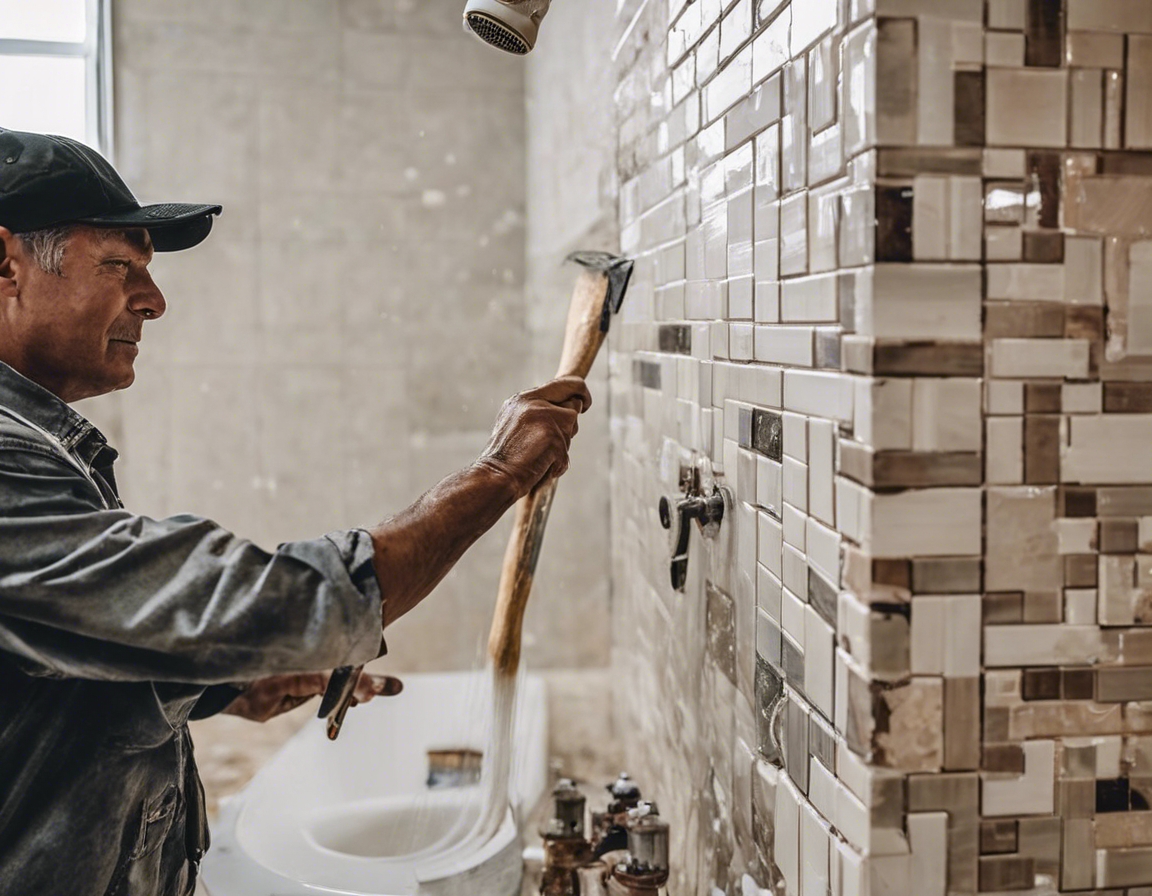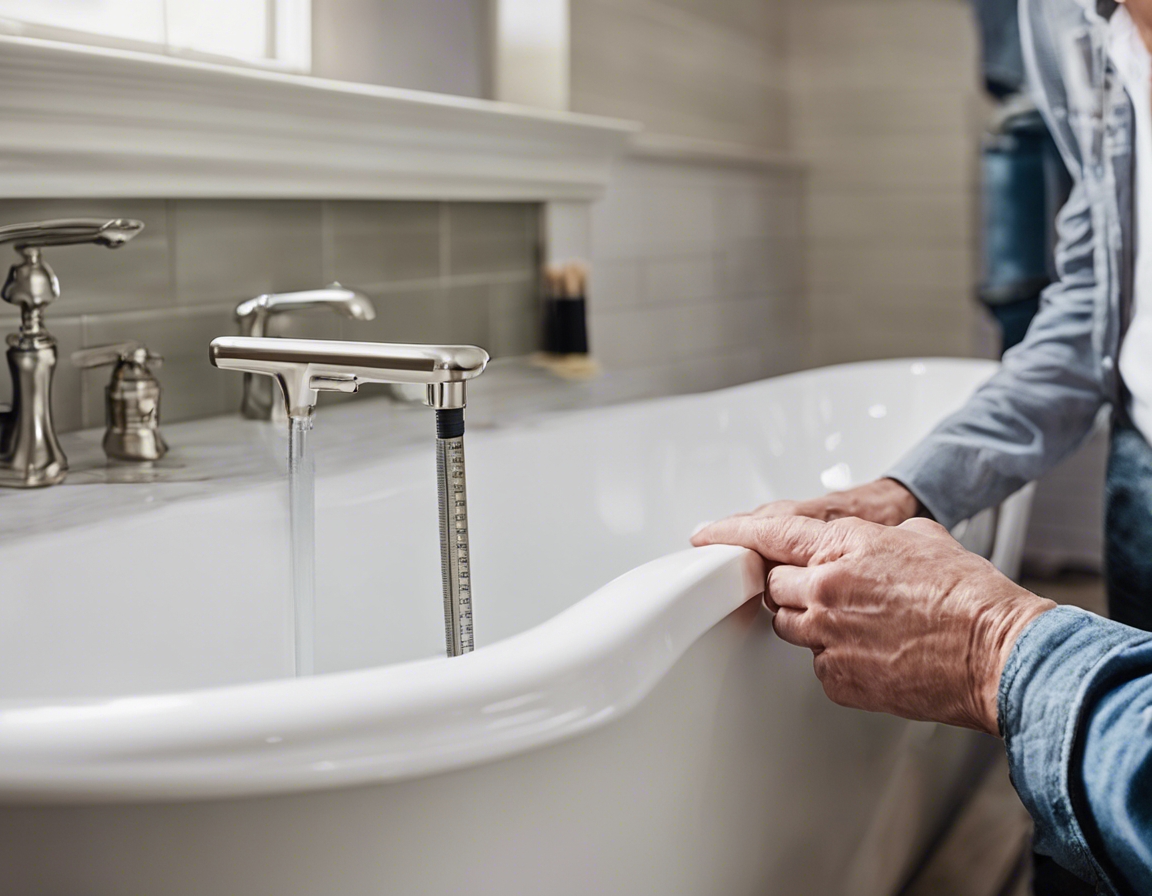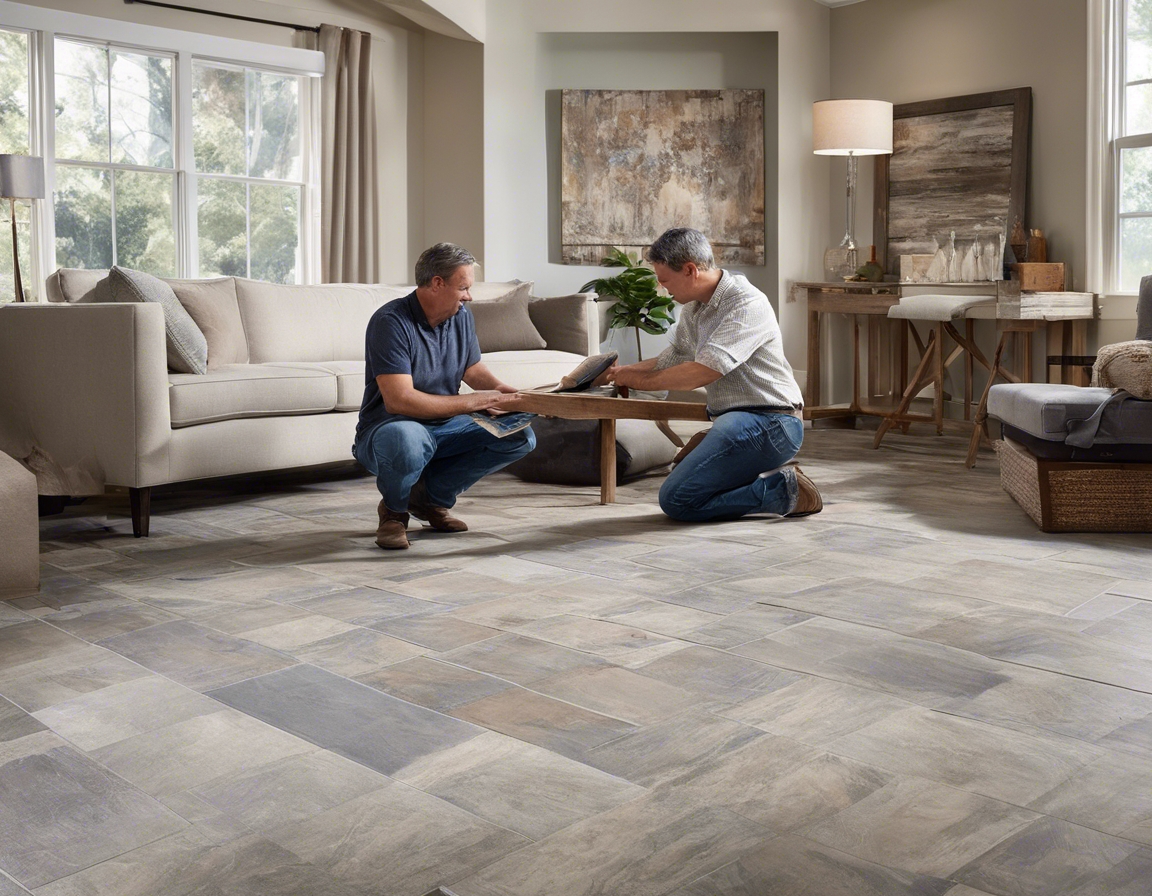The ultimate guide to choosing flooring for your home
Choosing the right flooring for your home is a critical decision that affects both the aesthetics and functionality of your living space. The floor is the foundation of any room and sets the tone for the home's overall design. It's also a long-term investment, so considering durability and maintenance is essential.
When selecting flooring, homeowners should consider several factors, including the room's purpose, foot traffic, moisture levels, durability, maintenance, budget, and the overall style of the home. Understanding these elements will help in making an informed decision that aligns with your lifestyle and design preferences.
Types of Flooring Materials
Hardwood flooring is a timeless choice that adds warmth and character to any room. It comes in various wood species, finishes, and plank sizes. While it can be more expensive and require more maintenance than other options, hardwood can also add significant value to your home.
Laminate flooring offers the look of hardwood at a more affordable price point. It's durable, easy to install, and comes in a wide range of styles. However, it's not as resistant to moisture as other materials and can be difficult to repair if damaged.
Vinyl flooring is a versatile and cost-effective option that's resistant to moisture and wear. It's available in sheets, tiles, or planks and can mimic the look of wood, stone, or ceramic. Vinyl is a practical choice for areas with high moisture or heavy foot traffic.
Tile flooring is a durable and water-resistant option ideal for bathrooms and kitchens. It comes in ceramic, porcelain, and natural stone varieties. Tile offers a wide range of design possibilities but can be cold underfoot and challenging to install.
Carpet provides comfort and warmth, making it a popular choice for bedrooms and living areas. It's available in various fibers, colors, and styles but requires regular maintenance and isn't suitable for high-moisture areas.
Bamboo and cork flooring are sustainable options that offer unique aesthetics and comfort. Bamboo is known for its strength and durability, while cork provides excellent insulation and cushioning. Both require specific maintenance to ensure longevity.
Room-by-Room Flooring Considerations
The living room and common areas often see high foot traffic, making durability a key consideration. Hardwood, laminate, or vinyl can be excellent choices for these spaces.
The kitchen requires flooring that can withstand spills, stains, and heavy appliances. Vinyl, tile, and certain laminates are often recommended for their resistance to moisture and ease of cleaning.
Bathrooms need flooring that can handle high humidity and water exposure. Porcelain or ceramic tile, as well as vinyl, are commonly used due to their water resistance and ease of maintenance.
Comfort is a priority in bedrooms, making carpet a popular choice. However, for those with allergies or a preference for low maintenance, hardwood or laminate might be better options.
Basements require flooring that can handle potential moisture issues. Engineered wood, vinyl, and tile are often recommended for their moisture resistance and durability in these environments.
Understanding Durability and Maintenance
It's important to assess the durability needs of your flooring based on the level of foot traffic and the presence of pets or children. Some materials, like porcelain tile and certain hardwoods, are known for their longevity and resilience.
Different flooring materials require varying levels of maintenance. While some may need regular sealing and polishing, others might only require basic cleaning. Consider your willingness to perform regular upkeep when choosing your flooring.
Style and Aesthetics
Color and pattern play a significant role in the overall look of your floor. Lighter colors can make a room feel larger, while darker tones create a cozy atmosphere. Patterns can add interest and dimension to a space.
When selecting flooring, consider how it will complement your existing home decor. The right flooring should enhance your furniture, fixtures, and overall design theme.
Environmental Considerations and Sustainability
For those concerned with environmental impact, there are several eco-friendly flooring options available, such as bamboo, cork, and reclaimed wood. These materials are sustainable and can contribute to a healthier indoor environment.
Some flooring materials can affect indoor air quality by off-gassing volatile organic compounds (VOCs). Look for flooring with low VOC emissions to ensure a healthier home environment.
Installation and Budgeting
Deciding between professional installation and DIY can significantly impact the overall cost and quality of your flooring project. While DIY may save money upfront, professional installation ensures a higher level of precision and longevity.
Flooring can range from budget-friendly to premium prices. It's important to set a realistic budget that accounts for both materials and installation costs. Consider the long-term value and durability of the flooring when making your investment.






Comments (0)